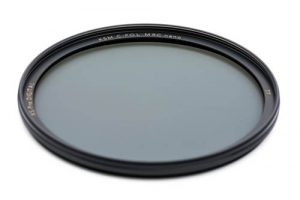Amplifying an entire wavelength grid at one time and being able to convert it into a channeled electrical signal, regenerate it, convert it into an optical signal and eventually multiplex all of the channels into a single optical fiber is now possible with tunable lasers.
A tunable transmitter provides relief to maintenance groups and planners who deal with more than 80 different transmitters. A single transmitter could be programmed to a specific wavelength during the installation and could form a dense wavelength division multiplexing (DWDM) transmission. The tunable transmitter also allows for later reprogramming and this is found to be a step toward the development of a reconfigurable add-drop multiplexer.
Tunable lasers follow different optimization criteria than do tunable transmitter lasers. In a tunable laser there is a gain medium and a resonator. The device is tuned by changing the cavity’s resonance condition. Like a tunable transmitter laser (TTL) many tunable lasers have polarization maintaining fibers (PMFs) that ensure the state of polarization. A keyed optical connecter and the PMF work well in open beam set ups and planar device testing. The optical power meter is the final component in the test set up.
There have been several well-documented laser cavity designs that have been utilized by equipment designers that had the ability to pull over a wide distance to collimator lenses. The laser and its pulling mode capability reflect the precision of the mechanical alignment that was performed during instrument assembly. Mechanical tolerances to vibration and acoustic resonances introduce variations to the wavelength over time profile and to the velocity over wavelength profile as well. Additional items can be placed into the laser cavity to compensate for the vibrations, but they add to both the complexity and the cost of the device.
The use of a tunable transmitter laser for optical component measurements is ideal in many aspects because of its high optical power, low cost and small profile, they don’t always measure up. A tunable transmitter laser has limits in its DWDM and has levels that will prevent the exploration of a stop band isolation filter.
Universe Kogaku designs and manufactures optical lenses for industrial, medical, high tech and electronic applications. Standard and custom lens assemblies for scanners, CCTV, CCD/CMOS, medical imaging, surveillance systems, machine vision and night vision systems are also available.